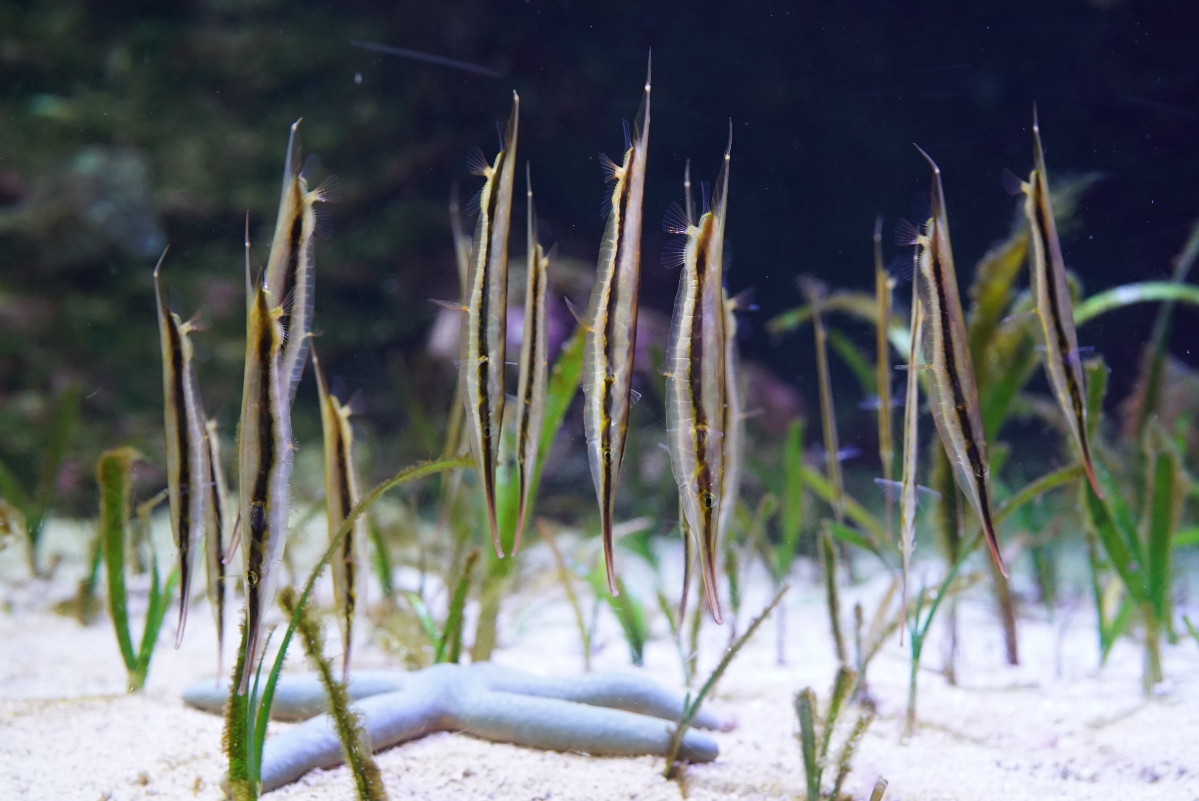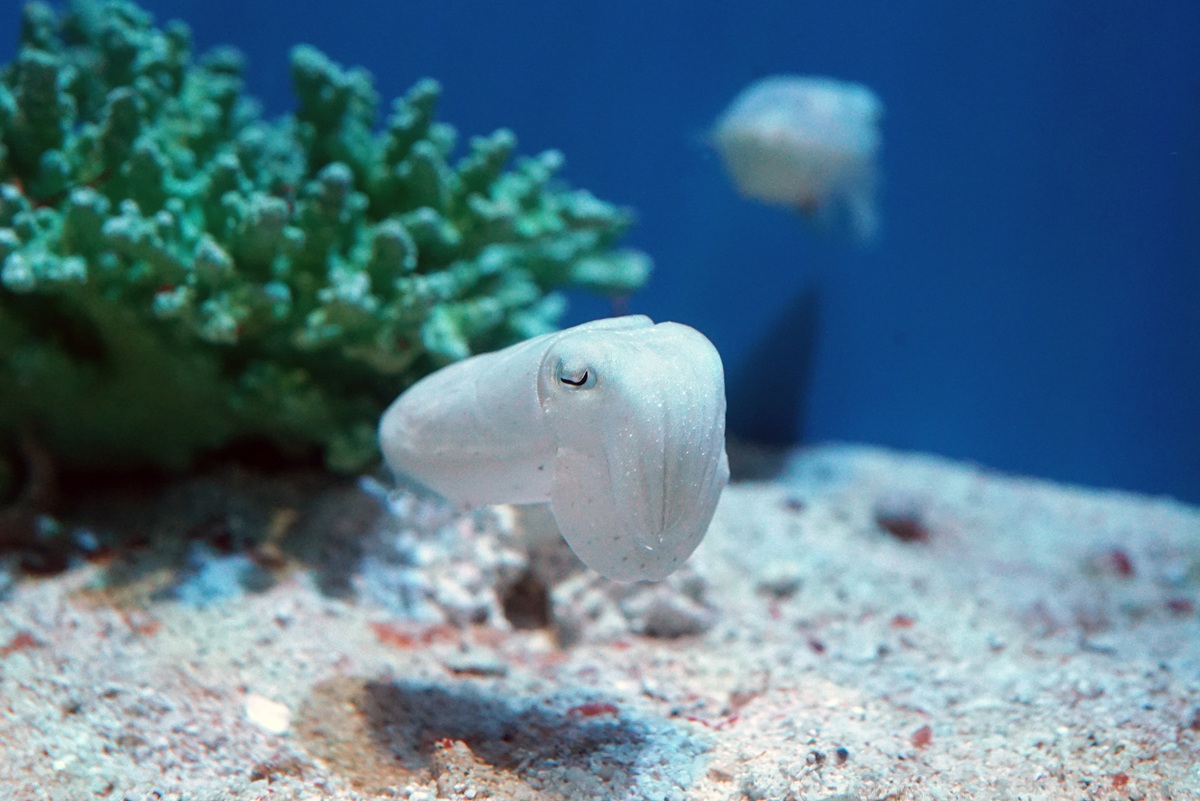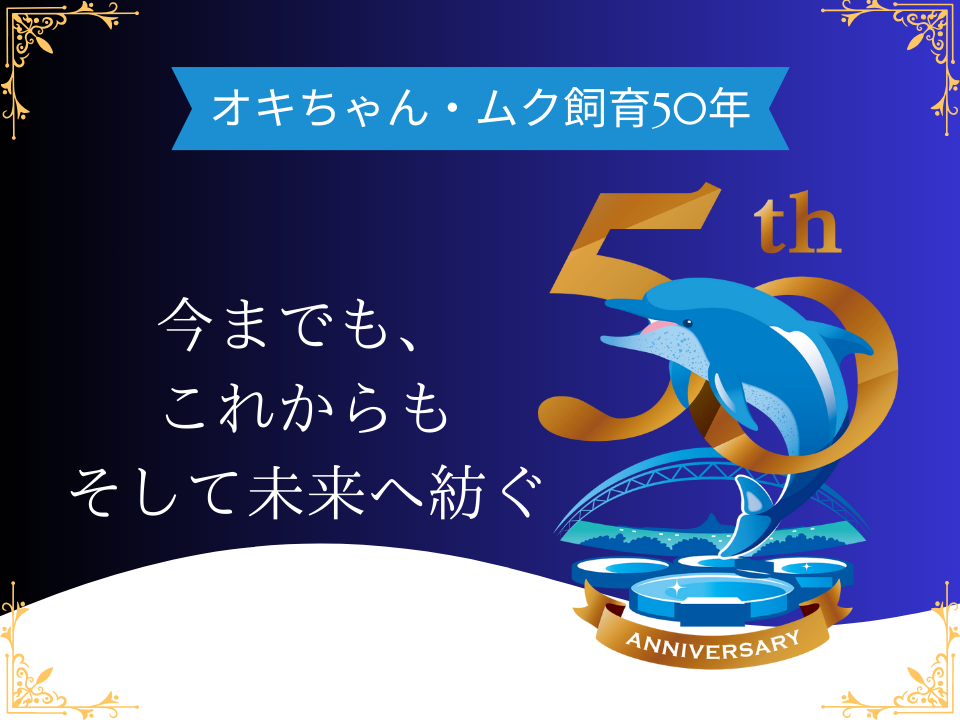Topics
2020.06.01
Okinawa’s Anemonefish Diversity!
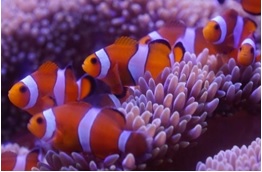
<Clown anemonefish>
Sci. name Amphiprion ocellaris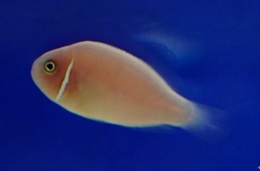
<Pink anemonefish>
Sci. name Amphiprion perideraion
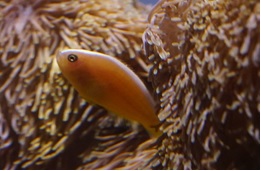
<Yellow clownfish>
Sci. name Amphiprion sandaracinos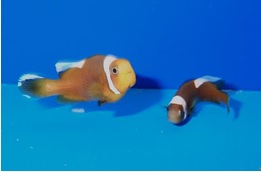
<Saddleback clownfish>
Sci. name Amphiprion polymnus- >
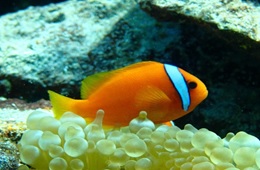
<Tomato clownfish>
Sci. name Amphiprion frenatus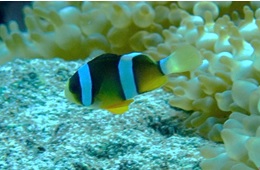
<Yellowtail clownfish/Clark’s anemonefish>
Sci. name Amphiprion clarkia
Anemonefish live amongst the stinging tentacles of sea anemones. The anemonefish are not stung as they have special mucus that covers their body. The stinging tentacles provide the anemonefish with protection from predators.
Exihibition Location
Journey to a Coral Reef area [Coral Reef Gallery]
Exhibition Period
From 2020, June 1st (Monday)~
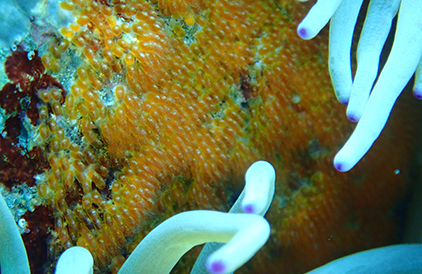
Anemonefish eggs after being laid
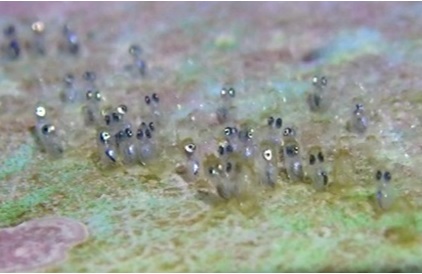
Anemonefish eggs ready to hatch
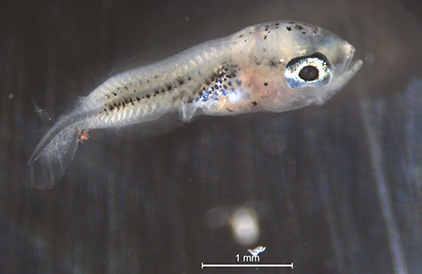
Anemonefish just hatched
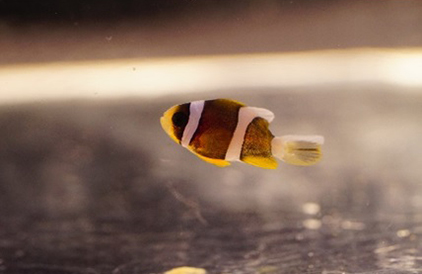
Anemonefish 3 weeks after hatching
Six different species of anemonefish (clownfish) live in Japanese waters. All six species of anemonefish can be found in Okinawa.
Anemonefish lay their eggs on the surfaces of rocks when the water is warmer from Spring to Autumn. The parents protect the eggs until the larvae hatch.
Approximately seven to ten days after spawning, the larval fish hatch. At this stage they are about 3mm in length.
Their mouths are so small, they are fed with zooplankton. As the anemonefish grow larger, the size of their food is adjusted. They also become accustomed to various types of food so that they become healthy adult fish.
The banding on anemonefish is not seen when they are young, however, as they mature the bands slowly appear, and they look more similar to their parents.
Okinawa Churaumi Aquarium will continue to work on breeding marine life to discover more about their fascinating ecology.
Inquiries
Okinawa Churaumi Aquarium
905-0206
424 Ishikawa, Motobu-cho, Kunigami-gun, Okinawa Prefecture
TEL:+81-980-48-3748
FAX:+81-980-48-4444


